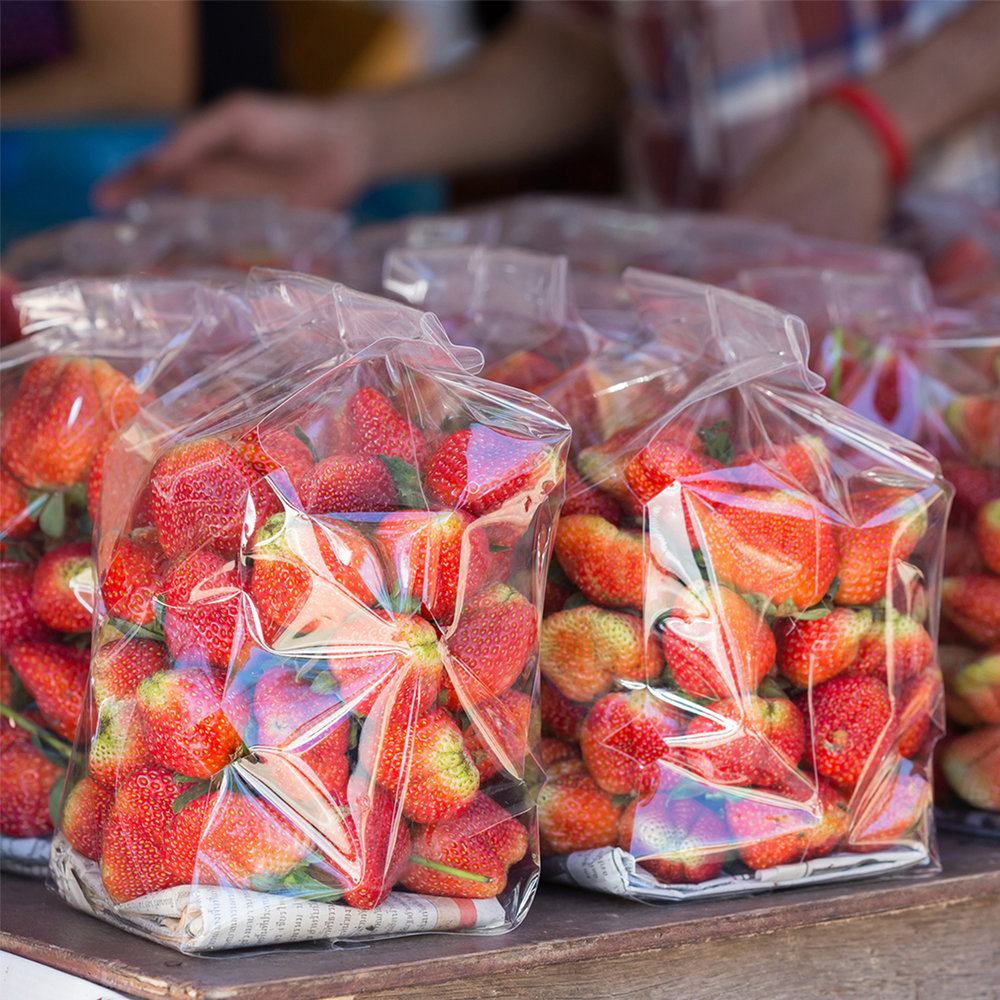Iranian researchers study nano-cellulose food packaging

TEHRAN – Researchers at Shiraz University have studied gelatin and starch-based nano-composite films modified by nano-cellulose and chitosan for food packaging applications.
Mohammad Mehdi Zerafat, Samad Sabbaqi and Seyyed Majid Nurbakhsh Soltani were members of the research group.
In general, natural polymers is less resistance in comparison with synthetic polymers, however, it can be improved with nano-cellulose and clay nanoparticles in their production, Mohammad Mehdi Zerafat, told Mehr news agency.
“We assess the impact of nanoparticles on quality of packaging in our research,” he said.
He also pointed to the benefit of nano products, which does not have any harm for environment.
According to safenano.org, nanomaterials are increasingly being used in the food packaging industry due to the range of advanced functional properties they can bring to packaging materials. Nanotechnology-enabled food packaging can generally be divided into three main categories; improved packaging, active packaging and smart packaging.
Improved packaging is whereby nanomaterials are mixed into the polymer matrix to improve the gas barrier properties, as well as temperature and humidity resistance of the packaging.
Active packaging is illustrated by the use of nanomaterials to interact directly with the food or the environment to allow better protection of the product. For example, silver nanoparticles and silver coatings can provide anti-microbial properties, with other materials being used as oxygen or UV scavengers.
Intelligent or smart packaging is designed for sensing biochemical or microbial changes in the food, for example detecting specific pathogens developing in the food, or specific gases from food spoiling. Some “smart” packaging has also been developed to be used as a tracking device for food safety or to avoid counterfeit.
SB/MQ/MG
Leave a Comment